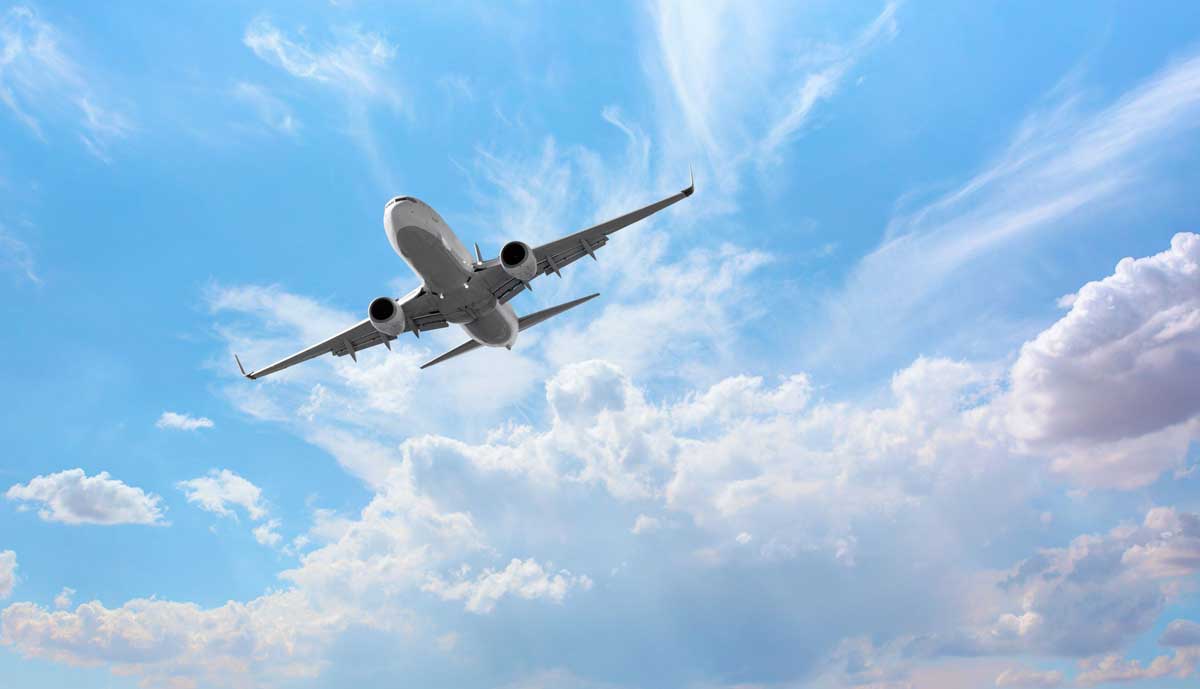The industry is expected to recover this year to near or even exceed pre-pandemic levels, but volatile factors continue to create obstacles that will not be easy to overcome. What are the key moments that could affect the aviation industry this year?
Increased demand for air travel to continue
Demand for air travel has risen significantly in the past year as most countries around the world lifted restrictions. Airlines today can further tighten their schedules and move closer to pre-pandemic levels of passenger traffic. Well, since China has reopened the borders and the sky, there is every reason to believe that traffic volumes will again exceed last year’s level, and passenger traffic will even be higher than before the pandemic.
On the other hand, the problems that airlines and airports faced last year have not gone away. This is, first of all, the lack of trained personnel and rising fuel prices. And inflation is only going up.
However, the chances are good that the aviation industry will be able to overcome these turbulent factors for an even more successful year.
Flaws in supply chains
In 2023, airlines will face a more difficult fight with the technical support of flights. Undoubtedly, airlines will want to boost capacity with new aircraft in their fleets, but there were many disruptions to supply chains last year and that trend will, unfortunately, continue this year.
Global problems with a shortage of one or the other will certainly reduce the pace of production, as was the case last year when there were not enough engines and other spare parts were not available. That is, aircraft manufacturers will face difficulties in fulfilling supply contracts, and airlines are waiting for capacity stagnation.
Aircraft lease rates to rise sharply
However. While aircraft production and deliveries are struggling, airlines still have other options to expand their fleet. In particular, through leasing. See for yourself: during the pandemic, airlines have reduced their fleet by about 4 percent, but aircraft lessors, on the contrary, have grown by more than 15 percent with new equipment. Today, they operate more than 50% of the world’s passenger aircraft fleet.
One more moment. During the pandemic, airlines have seen delivery times for leased planes are shorter than when getting new machines from manufacturers, be it Boeing or Airbus. This means that the demand for leased aircraft will become even higher, and lessors will have the flexibility to raise prices. Given how hard inflation hits the aircraft leasing industry, rental rates are expected to rise as lessors need to cover capital financing.
The digitalization of airports will intensify
Airports have experienced many disruptions in 2022 due to being unprepared for a surge in demand. Some large ones have even resorted to artificially limiting passenger traffic as they struggled to avoid huge lines, delays, and baggage confusion.
The situation has been improved thanks to the wider introduction of digital algorithms and artificial intelligence: systems for receiving and processing baggage that works without human intervention have appeared, the volume of passengers pre-checked in for a flight has increased, passport control is increasingly taking place automatically, etc.
These changes are critical in airports today, so their presence and use will expand, and airport management will invest more in advanced technologies.
There will be more environmentally friendly aviation fuel
The aviation industry is one year closer to zero carbon emissions. There is an obvious and understandable option with the renewal of an outdated fleet of aircraft for more modern and economical aircraft. But it is not a fact that it will be possible to quickly obtain a sufficient number of new twin-engine liners. Therefore, it will be necessary to rely on the use of environmentally friendly aviation fuel (SAF).
SAF production tripled last year, but is still only about 1 percent of what was planned for 2030. As more airlines look to the long-term use of SAF, this year the aviation industry will be forced to consider and find resources to expand production and further adoption of such biofuels.

